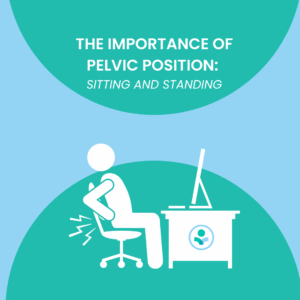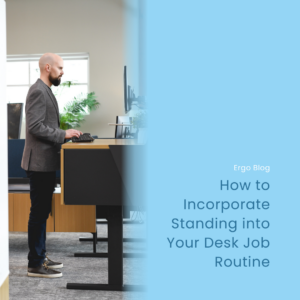Updated: Mar 26, 2024
Exploring the Pros and Cons of Treadmill Desks
In the ever-evolving landscape of office ergonomics, treadmill desks have emerged as a dynamic solution to combat the sedentary nature of desk jobs. The concept of combining work and exercise may seem like a game-changer, but like any innovation, treadmill desks come with their own set of pros and cons. In this blog post, we’ll dive into the advantages and disadvantages of treadmill desks, helping you assess whether this unconventional office setup is the right fit for your work routine.
Pros of Treadmill Desks:
- Increased Physical Activity: The most obvious and compelling advantage of a treadmill desk is the opportunity it provides for increased physical activity during work hours. Walking at a slow pace while working engages the body and promotes cardiovascular health, potentially mitigating the negative effects of prolonged sitting.
- Weight Management: For those seeking to maintain or lose weight, a treadmill desk offers a dual benefit. It not only burns calories but also encourages a more active lifestyle, contributing to overall well-being.
- Versatility in Workspace Design: Treadmill desks come in various designs, from standalone units to attachments that can be added to existing desks. This versatility allows users to customize their workspace based on individual preferences and office layout.
Cons of Treadmill Desks:
- Initial Adjustment Period: Transitioning to a treadmill desk requires an adjustment period. Users may find it challenging to maintain focus and balance initially, and there might be a learning curve in terms of multitasking while walking.
- Noise Level: Treadmill desks can generate noise, which may be disruptive in shared or quiet office environments. While many models are designed to operate quietly, the sound of footsteps can still be noticeable.
- Space Requirements: Treadmill desks, even compact models, demand more space than traditional desks. This can be a limiting factor, especially in smaller or crowded office settings.
- Cost Considerations: High-quality treadmill desks can be a significant investment. While the potential health benefits are substantial, the upfront cost might be prohibitive for some individuals or organizations.
- Limited Applicability for Certain Tasks: Not all work tasks are conducive to walking. Activities that require intense focus, precision, or a stationary position may be challenging to perform while walking on a treadmill.
- Potential for Fatigue: Prolonged use of a treadmill desk may lead to physical fatigue. The constant motion, even at a slow pace, can strain leg muscles over time, potentially impacting overall comfort and productivity.
- Decreased Focus and Productivity: Attempting to focus on more tasks within a given moment can be challenging. When our bodies are not able to walk, process information and create an outcome within a period of time, out productivity can be greatly affected.
- Decreased Posture: Initially, treadmill desks often prompt users to adopt better posture compared to traditional seated work setups. Walking naturally encourages a more upright position, reducing the likelihood of developing poor sitting habits. However, walking for long periods of time can contribute to fatigue which leads to difficulty maintaining an upright and good posture.
- Workout substitution: Some people tend to skip the gym altogether when they use a treadmill desk. Going to the gym to strengthen and mobilize your body will get you far more results than walking on a treadmill desk alone.
Deciding whether to invest in a treadmill desk hinges on careful consideration of your work requirements, personal preferences, and budget constraints. While the prospect of combining work and exercise is enticing, it’s crucial to weigh the pros and cons to determine whether a treadmill desk aligns with your individual needs and enhances your overall work experience.
Check out our YouTube video below for a visual representation of the blog!



